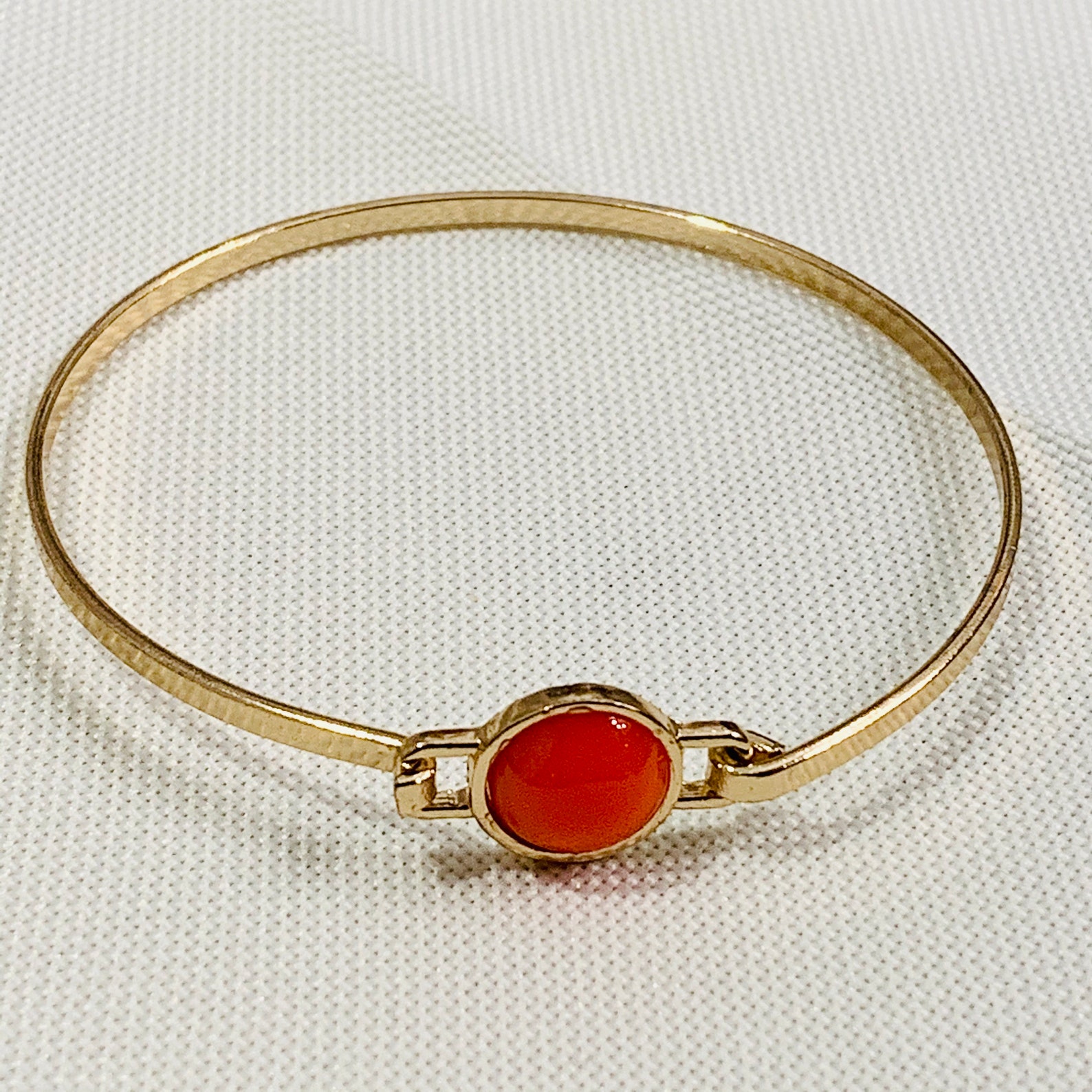

You can also select to use either the clean or dirty channel.

They are solid-state amps and have the following basic controls: dirty gain, dirty volume, overdrive, bass, middle, treble and clean volume. Orange Crush amps are available at entry-level for beginner guitarists. Here is a quick rundown of the most popular Orange amps and their settings. I’ve got some example settings for Orange amps later in the article, but if you’re looking for even more then check out my example amp settings for over 40 popular guitar songs here to help you sound more like your favourite players. Scooped tones are popular amongst some metal guitarists. Increasing it will cause the tone to become “scooped” meaning the mids are decrease, and the treble and bass are increased. Adjusting the shape control down, will focus the tone on the mid-range.
 Shape: this is commonly found on the “Terror” amps. Reverb: this produces the kind of sound effect you’d get if you played in a very large room, by simulating an echo. To make it more mellow, turn the treble down. For a sharper, crisper tone, turn the treble up. Treble: this adjusts the high-range frequencies. For a fuller, deeper tone, the mids can be increased. Middle: this adjust the mid-range frequencies. Bass: this adjust the low-end frequencies. For heavy metal and thick distortion, this should be turned up higher. Gain: this adjusts how distorted the tone is. Many Orange amps have a “clean” or “dirty” channel, allowing you to adjust between distorted and clean tones. Channel selector: this will allow you to achieve a different voice and activate different controls on the amp. Please report any positive RAT results.Before we dive into the some specific Orange amps, and example settings for different styles of music, let’s take a look at the most common controls and what they do. We encourage you test on the day you arrive and on day 5 or 6.
Shape: this is commonly found on the “Terror” amps. Reverb: this produces the kind of sound effect you’d get if you played in a very large room, by simulating an echo. To make it more mellow, turn the treble down. For a sharper, crisper tone, turn the treble up. Treble: this adjusts the high-range frequencies. For a fuller, deeper tone, the mids can be increased. Middle: this adjust the mid-range frequencies. Bass: this adjust the low-end frequencies. For heavy metal and thick distortion, this should be turned up higher. Gain: this adjusts how distorted the tone is. Many Orange amps have a “clean” or “dirty” channel, allowing you to adjust between distorted and clean tones. Channel selector: this will allow you to achieve a different voice and activate different controls on the amp. Please report any positive RAT results.Before we dive into the some specific Orange amps, and example settings for different styles of music, let’s take a look at the most common controls and what they do. We encourage you test on the day you arrive and on day 5 or 6. COLORBOT AHK ORANGE SETTING FREE
People entering New Zealand will be given free RATs. Please check with your travel provider, for example your airline, as they may still require proof of vaccination. Travellers and crew do not need proof of COVID-19 vaccination to enter New Zealand. Some employers may still require workers to be vaccinated due to health and safety. Medicines to treat COVID-19 Vaccine mandatesĪll government vaccine mandates will end at 11:59pm, 26 September 2022. This will help protect our vulnerable communities. Māori and Pacific peoples aged 50 or older.avoid contact with the person who has COVID-19.Īntiviral medicines are available for people at risk of becoming very sick with COVID-19, including:.take a rapid antigen test (RAT) each day for 5 days.If you live with someone who tests positive for COVID-19, we recommend you: Household Contacts no longer need to isolate for 7 days. Some places may continue to ask people to wear a face mask. wear a face mask in certain healthcare facilities, such as hospitals.isolate for 7 days if you have COVID-19.

Effective mental health tools are available to help people recover from the impact of the pandemic.
follow-up PCR (polymerase chain reaction) tests and genome sequencing of positive cases in travellersĬOVID-19 has taken a toll on everyone’s mental health. To monitor for new variants arriving from overseas, the Government will continue to use: Isolating for 7 days remains a requirement for everyone who tests positive. It is the most effective way to keep case numbers low. Isolation is our main tool to manage the spread of the virus. As well as each person and family who has followed the rules, we thank iwi and Māori health providers, Pacific organisations, aged care providers, businesses, schools and other education providers who have made extraordinary efforts to protect people and communities. Thanks to the efforts of New Zealanders throughout the pandemic, we have saved thousands of lives. With case numbers falling, a highly vaccinated population, and increased access to antiviral medicines to treat COVID-19, public health experts say it is safe to remove most COVID-19 rules and end border restrictions. It is now possible to do this with fewer requirements, giving greater certainty to people, businesses and communities. Protecting lives and livelihoods remains the goal of the Government’s COVID-19 response.








 0 kommentar(er)
0 kommentar(er)
